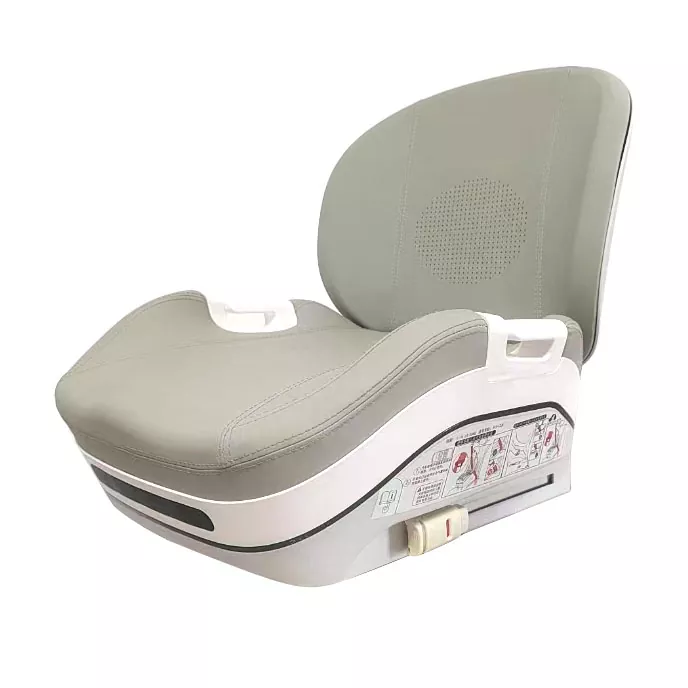The installation position of a child safety seat is a core factor influencing its protective effect. Based on vehicle structure and collision data, the middle seat in the rear row has been proven to be the best choice, providing multiple layers of protection for children's travel safety.

From the perspective of collision safety, the middle seat in the rear row is the "buffer center" of the vehicle. In the event of a frontal collision, this position is less affected by the collapse of the vehicle's front and is buffered by both the front and rear seats. In the case of a side collision, the distance between the two doors is the greatest, which can reduce the direct harm caused by the side collision. Compared with the seats on either side of the rear row, the risk of a child being thrown out of the seat in the middle position is lower during a collision. This is the key reason why most automotive safety organizations recommend this position.
In terms of practicality, the middle seat in the rear row is convenient for parents to keep an eye on their children while driving. Especially during long drives, parents can monitor their children without turning their heads or leaning to the side, reducing the driving risks caused by distracted operation. Additionally, the seat belt buckles or ISOFIX interfaces in this position are usually designed to be more stable and have better compatibility with safety seats. After installation, the seat shakes less, enhancing the overall protective stability.
If the middle rear seat is unavailable due to limited space or seat structure constraints, the left or right rear positions can be used as alternatives, but they should be kept away from the side of the front passenger seat. During installation, ensure that the safety seat is at a sufficient distance from the door and far from the window glass to prevent secondary injuries caused by broken glass in a side collision. It should be particularly noted that installing a child safety seat in the front passenger seat is strictly prohibited—even if the airbag is turned off, the displacement distance and impact force of the front row during a collision are much greater than those of the rear row, which will significantly increase the risk of injury to the child.
Installation details also affect safety effectiveness. Rear-facing installation is suitable for infants under 1 year old, using the seat back to disperse impact force and protect the fragile neck and spine; children aged 1-4 can use forward-facing installation, but the seat belt tightness needs to be adjusted to ensure the buckle fits the body without pressing the neck. After installation, shake the seat back and forth and left and right; if the displacement exceeds 2 centimeters, re-fix the interface or adjust the seat belt to avoid loosening during driving.
Regardless of the position chosen, regularly check the fixing status of the child safety seat and promptly replace it with a suitable model as the child grows. Only by combining scientific position selection with standardized installation can the child safety seat truly become a "mobile safety cabin" for children, protecting every trip.

